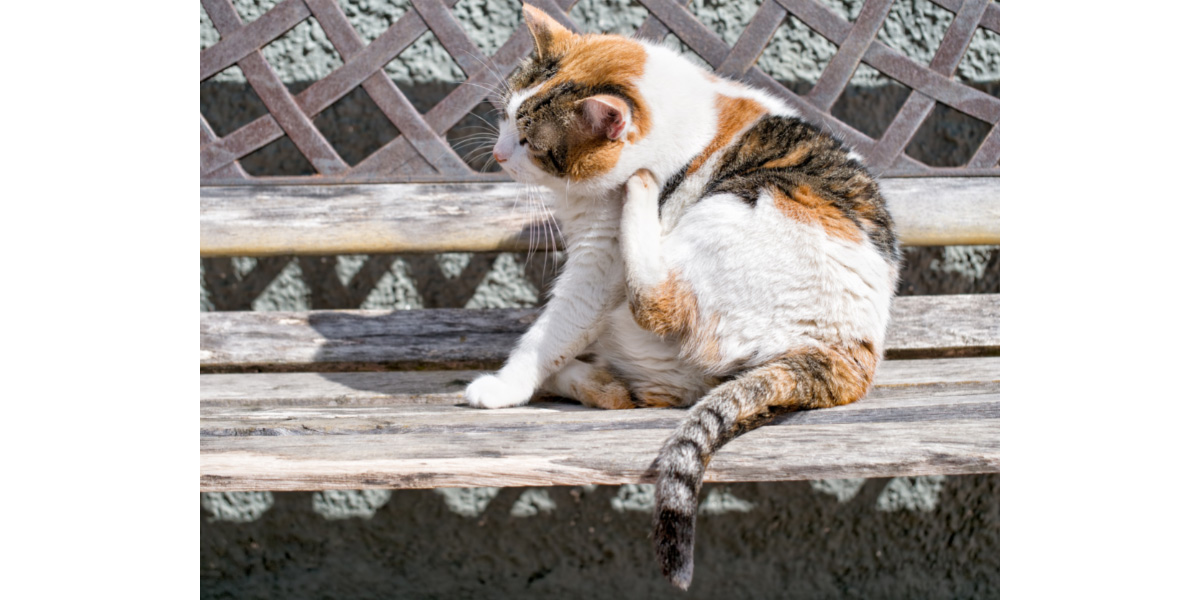Outdoor Flea Control
Doctor of Veterinary Medicine

While efforts are made to answer all questions as quickly as possible, if an immediate answer is required or if your pet is in need of urgent or emergency care, contact your pet's veterinarian immediately.
Doctor of Veterinary Medicine

You will receive an answer from Dr. Lindsay and our vet/tech team as soon as possible, usually the same day.
All answers are provided for informational or educational purposes only, and are intended to be a supplement to, and not a substitute for, the expertise and professional judgment of your pet's veterinarian.
It may be necessary to consult your pet's veterinarian regarding the applicability of any opinions or recommendations with respect to your pet's symptoms or medical condition.
CloseDoctor of Veterinary Medicine

An error has occurred, please reload the page and try again.
CloseWhile efforts are made to answer all questions as quickly as possible, if an immediate answer is required or if your pet is in need of urgent or emergency care, contact your pet's veterinarian immediately.
There is no answer related to your question

Controlling fleas in your yard
Pets with flea sensitivity will not respond to flea treatment if it does not include environmental control. If your pets spend most of their time outdoors, it's important to treat these areas, but you should also include indoor flea and tick control as part of your overall flea control plan. Attention to your yard is crucial if the climate is warm, especially if it is warm year-round.
Rid your yard of fleas
- Sprays: Virbac Yard Spray Concentrate contains a pyrethroid for rapid knock down of fleas and ticks. It comes with a sprayer, easily attaching to a hose to cover 6000 sq feet of yard and kennel. Or, it can be diluted and applied with a watering can.
- Beneficial nematodes: Nematodes, (Steinernema carpocapsae), have a limited area and season of usefulness because they are killed by temperatures above 95°F or below 45°F. Within their operating range, they can be quite effective.
- Desiccants: Diatomaceous earth, silica gel, and sodium borate are desiccants, which means they pull water from the flea (egg, adult, and pupal) so that it dries up and dies. Desiccants do not harm dogs, cats, humans, or other mammals.
Areas to treat for flea control
- Pet's sleeping areas, including dog house, kennels, garages and carports
- Moist, shaded areas, gardens, shrubs, mulched areas, under decks
How often should I treat my yard to control fleas?
To control a serious flea infestation, repeat your outdoor flea treatment every 2-3 weeks for at least 6 weeks. Once the fleas are under control, maintenance treatments should be performed every 4-6 weeks thereafter. At the same time you're treating your home and yard, use flea control treatments on your pet.
 Swipe
Swipe



























